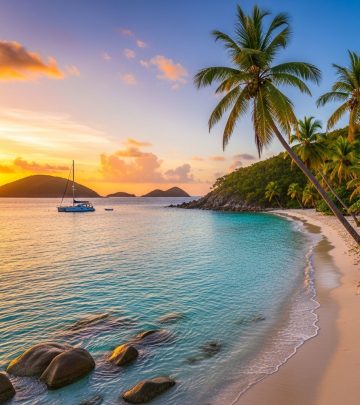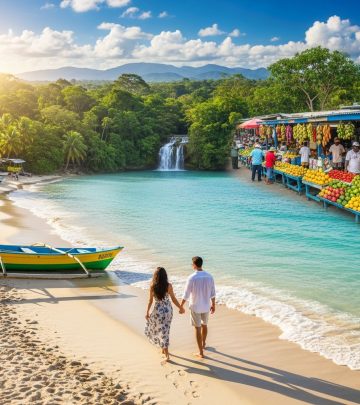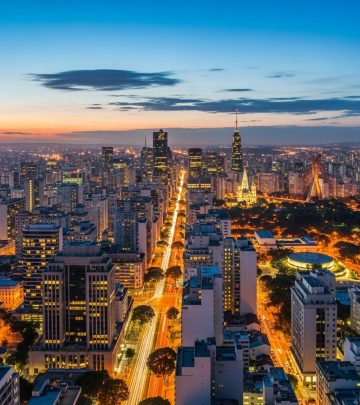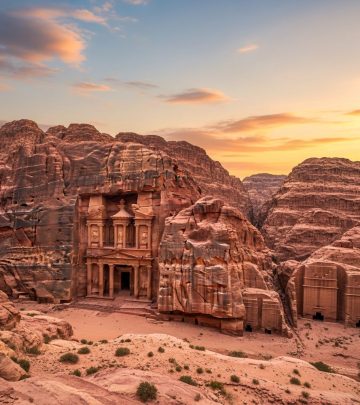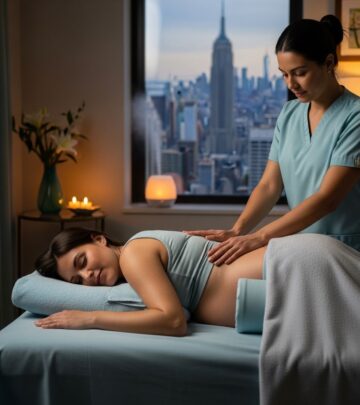Top Attractions and Experiences in Osaka: A Complete Guide
Discover Osaka's unmissable sights, vibrant neighborhoods, and cultural treasures for every traveler.
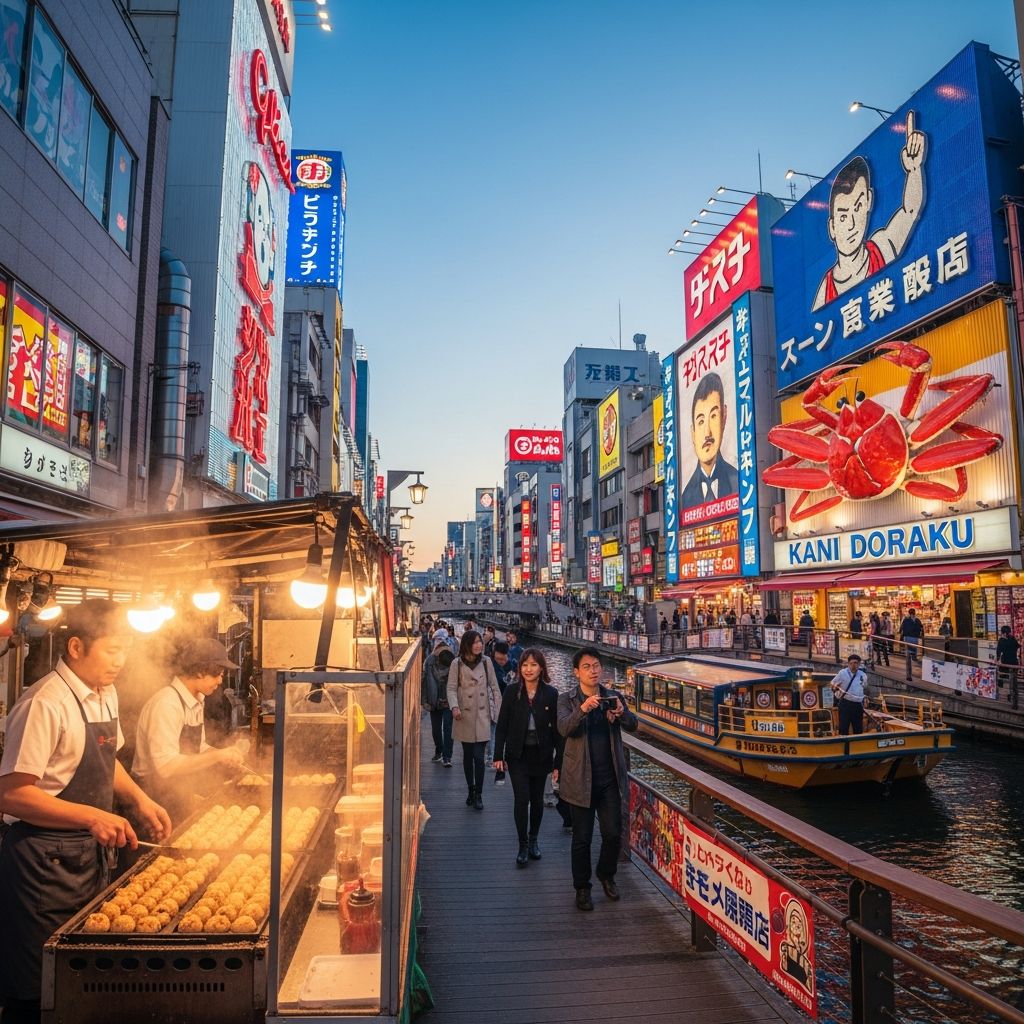
Top Attractions and Experiences in Osaka
Dynamic, exuberant, and endlessly fascinating, Osaka stands as both Japan’s western business hub and as a sprawling urban playground rich in culture and excitement. Whether you are visiting during the time of the legendary Expo or simply exploring local history, cuisine, and entertainment, Osaka’s top attractions offer memorable experiences for every traveler. This guide covers the must-see sights, hidden gems, culinary highlights, and essential tips for discovering Osaka in depth.
Table of Contents
- Osaka Castle and Park
- Dōtombori: Heart of Entertainment
- Abeno Harukas and Umeda Sky Building
- Retro Osaka & Tsūten-kaku
- Nakanoshima: Art Island
- Minō Falls Day Trip
- Open-Air Museum of Old Japanese Farmhouses
- Theme Parks & Modern Fun
- Michelin Street Food & Local Eats
- Frequently Asked Questions
Osaka Castle and Park
Osaka Castle (Osaka-jō) is arguably the city’s most iconic landmark, majestically rising amid sprawling, tranquil gardens. The current keep is a 20th-century reconstruction featuring an excellent museum that charts local and national history, including the story of Toyotomi Hideyoshi, the castle’s famous samurai founder.
Don’t miss:
- Observation deck with panoramic city views.
- 13 cultural properties within Osaka Castle Park.
- Over 3,000 cherry blossom trees, stunning during spring illuminations.
- The Toyotomi Stone Wall Museum: descend underground to view original walls dating to 1583.
- Try on samurai armor for a photo opportunity.
Planning tips: Purchase e-tickets to avoid long wait times. Visit at night to view the illuminated castle. The park is also home to over 1,000 plum trees, making it beautiful year-round.
Dōtombori: Heart of Entertainment
Dōtombori, Osaka’s most vibrant entertainment district, is famous for its neon-lit canal, bustling streets, giant signboards, and endless food options. At night, the area transforms into a dazzling spectacle of light and energy.
- Eat street food from stalls and small restaurants offering takoyaki, okonomiyaki, and Kushikatsu.
- Snap a photo with the iconic Glico running man sign.
- Go shopping in the Shinsaibashi arcade and browse quirky souvenirs.
- Cruise the canal by boat for unique views of city life.
- Visit Hozenji Temple, a moss-covered Buddhist temple nestled amidst the hustle.
Dōtombori is also ideal for nightlife: Izakayas, karaoke bars, and entertainment venues abound, drawing crowds until late.
Abeno Harukas and Umeda Sky Building
Abeno Harukas
Western Japan’s tallest building, Abeno Harukas offers sweeping views from its glass-walled observatory on the 58th to 60th floors. Attractions inside include:
- Abeno Harukas Art Museum (works by Japanese and international artists)
- Kintetsu department store: shopping from luxury brands to local wares
Adventurous visitors should try Edge the Harukas, a thrilling outdoor walk on the skyscraper’s edge, available in spring and fall.
Umeda Sky Building
This futuristic twin-tower features a spectacular open-air aerial garden observatory and dramatic glass-walled escalators. The observation decks on the 39th and 40th floors provide 360º city views and are lauded for their unique architecture.
- Visit the Sky Lounge Stardust for a cocktail at sunset.
Local tip: During the Expo season, enjoy the expanded Osaka Light Festival—Midosuji Avenue is illuminated not only in winter but throughout the summer and into the end of the year.
Retro Osaka & Tsūten-kaku
The historic area of Shinsekai is marked by the Eiffel Tower-inspired Tsūten-kaku Tower. This neighborhood radiates mid-century Japanese nostalgia with neon lights and retro charm.
- Rub the feet of the golden Billiken statue for good luck inside Tsūten-kaku.
- Dine at Kushikatsu Daruma, famed for deep-fried skewers (beef, seafood, pickled ginger).
- Stroll Janjan-Yokocho (Nanyo-dōri Shopping Street): enjoy bars, ramen shops, sushi and traditional eateries in a narrow lantern-lit alley.
This area offers a genuine glimpse into Osaka’s local life, so plan extra time to explore and snack.
Nakanoshima: Art Island
Nakanoshima is a cultural oasis, nestled between rivers, and home to two of Osaka’s most important art museums:
- National Museum of Art, Osaka
- Nakanoshima Museum of Art
The area features beautiful parks and historic architecture, including the red-brick, neo-Renaissance-style Osaka City Central Public Hall, in use since 1918. Nakanoshima Park boasts over 3,700 rose bushes—visit in spring for vivid colors.
Where to eat and drink
- Kitahama Retro: classic cakes, tea blends, stylish café atmosphere
- &Island: riverside terrace with roast beef rice bowls, fruit parfaits, and coffee
Tea Ceremony Tip: Sen no Rikyū, the legendary tea master, was born in Osaka. For a traditional tea ceremony, visit Sakai Plaza of Rikyu and Akiko or Tea House Shin-an.
Minō Falls Day Trip
Escape central Osaka with a day trip to Minō Falls, a stunning 33m-high waterfall set in a lush, mountainous landscape. Popular year-round, its beauty changes with each season.
- Reaching the falls: 30 minutes by train from Osaka Station, followed by a 45-minute forest walk (or a short taxi ride).
- In autumn, Katsuoji Temple nearby is famous for thousands of lucky red daruma dolls—visit by bus or taxi for vivid fall colors.
Minō Park is ideal for hiking, birdwatching, and enjoying nature’s tranquility away from the city buzz.
Open-Air Museum of Old Japanese Farmhouses
Step into rural Japanese history at the Open-Air Museum of Old Japanese Farmhouses in Hattori Ryokuchi Park, Toyonaka City. This immersive heritage site features 12 authentic farmhouses moved and reconstructed from locations across Japan—ranging from northern Iwate to tropical Amami Oshima.
- Experience unique architectural styles and interiors that reflect regional differences from the Edo period (17th–19th centuries).
- Learn about traditional lifestyles, farming techniques, and household tools.
Visit tips: Closed Mondays; last entry at 4:30pm. Allow at least two hours for a rewarding exploration.
Theme Parks & Modern Fun
- Universal Studios Japan: World-class theme park with rides themed to Super Mario, Hello Kitty, and popular movies.
- Legoland Discovery Center: Family-friendly activities and interactive exhibits.
- Hirakata Park: Osaka’s oldest amusement park with local flavor.
- Cat Cafés and Pet Experiences: Chill out at one of Osaka’s many cat cafés, or venture to Wakayama Prefecture for a ride on the quirky cat-themed train to Kishi Station.
Osaka’s entertainment options mean there’s always something for families, pop culture fans, or thrill-seekers.
Michelin-Recognized Street Food & Local Eats
Osaka is known as the “nation’s kitchen”, and food is a major attraction. Michelin-recognized street stalls and local restaurants serve up:
- Takoyaki: Savory octopus balls made fresh and topped with sauce, mayo, and bonito flakes.
- Okonomiyaki: Hearty, customizable pancakes grilled with cabbage, meat, and seafood.
- Kushikatsu: Deep-fried meat and vegetables on skewers, usually dipped in a tangy sauce.
- Udon and Sushi: Sample regional takes in cozy diners.
Eat your way through the city in the bustling alleys of Dōtombori, Shinsekai, and Janjan-Yokocho, or try riverside cafés and refined hotel bars for modern takes on local dishes.
Comparison Table: Osaka’s Top Observation Decks
| Name | Features | Height | Best Time to Visit |
|---|---|---|---|
| Abeno Harukas | Art museum, department store, open-air edge walk | 60 floors (Tallest in West Japan) | Spring, Fall, Sunset |
| Umeda Sky Building | Aerial garden observatory, unique architecture | 40 floors | Late afternoon, Sunset |
Frequently Asked Questions (FAQs)
Q: When is the best time to visit Osaka?
A: Spring and fall offer pleasant weather, cherry blossoms, and festivals. During Expo seasons, late summer through winter features special events and extended light displays.
Q: Can I get around Osaka easily by public transport?
A: Osaka’s subway and train networks are extensive and visitor-friendly; stations near major attractions are well-marked.
Q: Is Osaka Castle original?
A: The main keep is a modern reconstruction, but the original moat, walls, and some stonework remain. The museum inside preserves important historical artifacts.
Q: Where should I go for authentic local food?
A: Head to Dōtombori and Shinsekai for bustling street food, and Janjan-Yokocho for traditional bars and diners. Riverside cafés in Nakanoshima offer a stylish alternative.
Q: How much time should I allow for each main attraction?
- Osaka Castle: 2–3 hours
- Dōtombori: Half day to full evening
- Abeno Harukas/Umeda Sky Building: 1–2 hours
- Nakanoshima museums: 1–2 hours each
- Minō Falls: Half day
- Open-Air Museum: 2+ hours
Final Tips for Exploring Osaka
- Book popular attractions in advance, especially during festival or blooming seasons.
- Explore on foot when possible, especially neighborhoods like Shinsekai, Nakanoshima, and Dōtombori.
- Try a rooftop bar for city views: some offer better value than observation decks.
- Don’t miss out on seasonal events—cherry blossoms, autumn leaves, and Expo festivities transform the city.
- Embrace local hospitality—Osaka is famous for its welcoming spirit and friendly locals.


